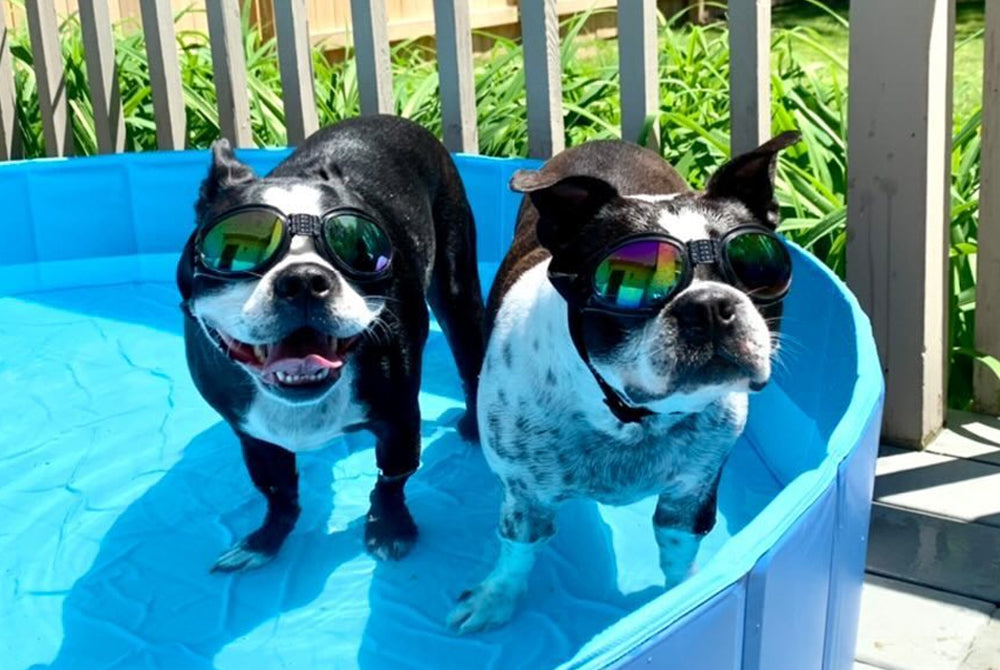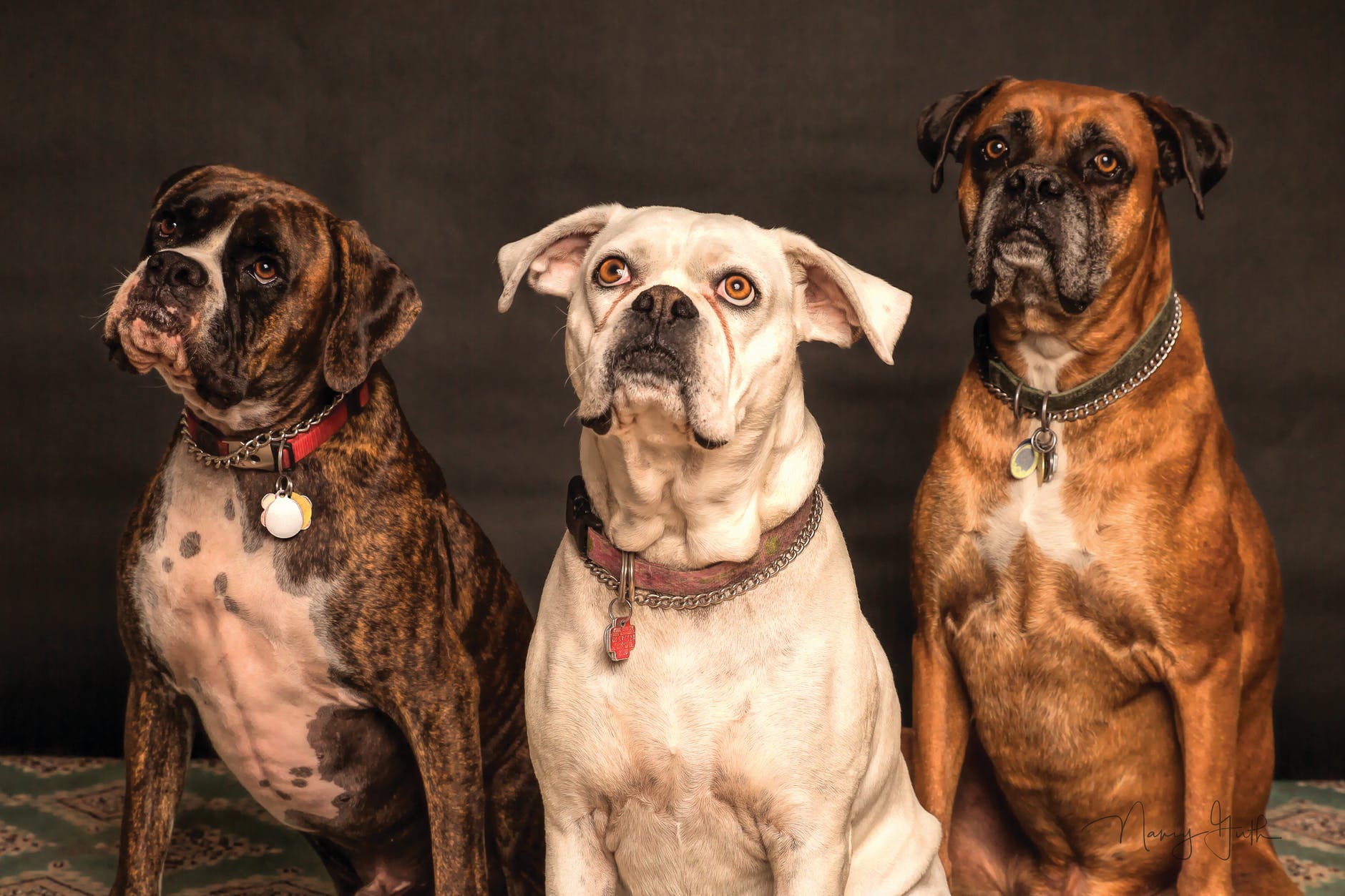Instead of sweating, dogs eliminate heat by panting. They do have some sweat glands in the footpads, which help with heat dissipation, but only minimally. When panting isn’t enough, a dog’s body temperature rises. This can be fatal if not corrected quickly.
Physical Symptoms of Heatstroke in Dogs
Excessive panting and signs of discomfort indicate overheating in dogs. A dog overheating may also be unable or unwilling to move around.
Other signs of heatstroke in dogs include drooling, reddened gums, vomiting, diarrhea, mental dullness or loss of consciousness, uncoordinated movement, and collapse.
Primary Cause of Heatstroke in Dogs
Any hot environment can cause heatstroke in dogs, but the most common cause is a careless action by a pet owner, such as leaving a dog in a car or forgetting to provide water and shade to pets that are outdoors.
Some dogs are more prone to developing heat exhaustion, especially dogs who are older, overweight or brachycephalic (Pugs, Bulldogs and other flat-faced breeds). It is important to be aware of the ambient temperature and take appropriate preventative measures.
Dogs with thick fur, short noses or those suffering from medical conditions such as laryngeal paralysis and obesity are predisposed to heatstroke. Even dogs who enjoy constant exercise and playtime—like working dogs such as Labrador Retrievers and German Shepherds—should be closely monitored for symptoms of heatstroke in dogs, especially on hot days.
Immediate Care
It is essential to remove the dog from the hot environment immediately. Do not give the dog aspirin to lower its temperature; this can lead to other problems. If the dog is unconscious, make sure no water enters the nose or mouth as you follow these steps.
-
Put your dog in the bathtub. Or, find a hose—and make sure to let any hot water out of the hose first before hosing your dog down. If you cannot submerge your dog in water, place a towel on his back and continue to soak the towel and your dog in cold water.
-
Run a cool shower over your pet, covering the whole body—especially the back of the head and neck.
-
Do not submerge your dog’s head in the water. Keep the head elevated to prevent aspiration pneumonia.
-
Call your veterinarian or the nearest emergency animal clinic and tell them you are on your way! They will tell you what to do next based on your dog’s symptoms and how far away you are from the clinic.
-
Let your dog drink as much cool water as he wants without forcing him to drink.
The following steps should also be taken, regardless of whether the dog is conscious, appears to recover well, or was only mildly affected:
-
Check for signs of shock. Your veterinarian can walk you through what to look for.
-
Take the dog’s temperature every five minutes, continuing water-cooling until your dog’s temperature drops below 103°F (39.4°C).
-
If the dog’s temperature drops a little more—to around 100°F (37.8°C)—don’t worry. A slightly low temperature is a lot less dangerous.
-
Treat for shock if necessary.
-
Get immediate veterinary attention. Heatstroke in dogs can cause unseen problems, such as swelling of the brain, kidney failure, intestinal bleeding and abnormal clotting of blood. On the way to the veterinarian, travel with the windows open and the air conditioner on.
Veterinary Care
Treatment will consist mostly of replacing lost fluids and minerals. This may extend to secondary conditions, which your vet will be able to identify. With cases of heatstroke in dogs, these treatments are recommended: intravenous fluid therapy and monitoring for secondary complications such as kidney failure, development of neurologic symptoms, abnormal clotting, changes in blood pressure and electrolytes abnormalities.
Preventing Heatstroke in Dogs
Heatstroke in dogs can be prevented by taking caution not to expose a dog to hot and humid conditions. This is especially applicable for dogs with airway diseases and breeds with shortened faces.
While traveling in cars, make sure that dogs are kept in dog crates that offer good ventilation, or use a dog seat belt, and never leave your dog in a car with the windows closed, even if the car is parked in the shade. When outdoors, always make sure your dog is in a well-ventilated area with access to plenty of water and shady spots.


